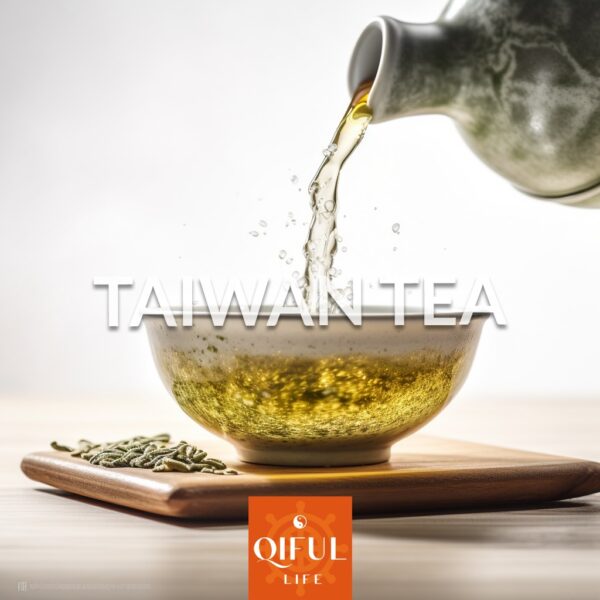Gourmet Tea » Tea Blog » Tea Information » The Unique History of Puerh Tea

The Unique History of Puerh Tea
Puerh tea history in China is fascinating, combining historical events, royal patronage, and the preservation of tea leaves over centuries. Here’s a summary of how aged Puerh tea, often centuries old, became cherished in modern times:
Origins of Puerh Tea
Puerh tea cultivation began before the Tang Dynasty but became widespread during the Tang Dynasty’s golden-age period. Production was initially limited due to technological constraints and transportation difficulties, making high-quality Puer a rare commodity. People often presented valuable Puerh tea to government officials and the emperor as a sign of respect.
Storage in the Emperor’s Palace
Government officials received high-quality Puerh tea as gifts, leading to its accumulation within the emperor’s palace. The palace became China’s largest storage hub for Puerh tea, with tea reserves growing substantially over time. Specially designated areas were created to store the tea.
Puer as a National Treasure
People in China considered Puerh tea a national treasure due to its rarity, cultural significance, and perceived health benefits. It was so scarce that some considered it rarer than gold. Chinese officials highly respected Puer tea and its associated culture.
Tea Reserves Over Centuries
Tea reserves continued to accumulate through the Tang, Song, Ming, and Qing dynasties. Teas, including some of the oldest Puer varieties, were stored away and neglected for hundreds of years within these reserves.
The Transition Period
In 1911, the Qing Dynasty collapsed, ending imperial rule in China. China underwent significant political and cultural changes during this period, embracing modernization, science, and technology. Many preserved artifacts, including centuries-old teas, were sold into the market as China embraced new ways of thinking.
Emergence of Aged Puer Tea
The sale of these ancient teas, some dating back hundreds or even over a thousand years, caught the attention of tea enthusiasts. Tea collectors acquired these aged Puerh teas and began storing and preserving them for future generations. These collectors shared their knowledge and possessions with students and passed down their teas to those they deemed worthy. This practice continued for generations, and books and literature on aged Puer tea began to emerge in the market.
Evidence and Legacy
Substantial evidence, including oral traditions, literature, and preserved teas, supports the history of aged Puerh tea in China. Public tea gatherings, auctions, and sharing among enthusiasts have further promoted the appreciation and preservation of aged Puerh tea. The history of Puerh tea in China is a testament to the enduring legacy of this unique beverage. While some remain skeptical, the evidence and traditions surrounding aged Puerh tea continue to captivate scholars and tea enthusiasts alike.
Summary
Puerh Tea history is fascinating. It spans hundreds of years encompassing every facet of culture.






